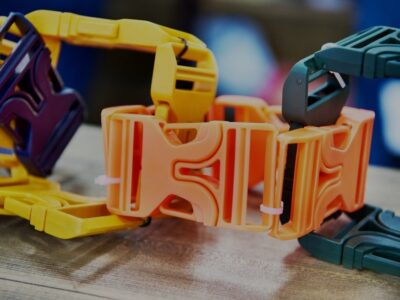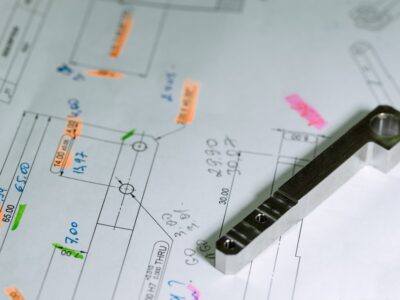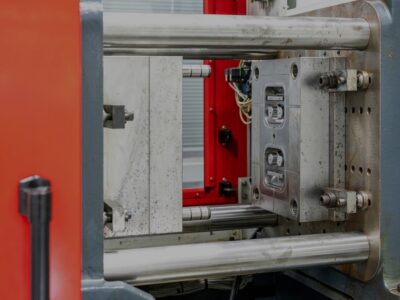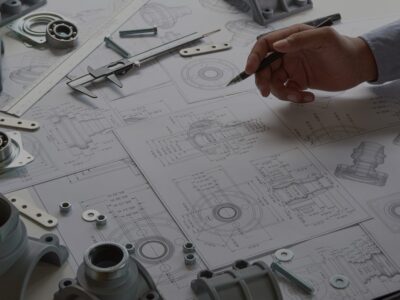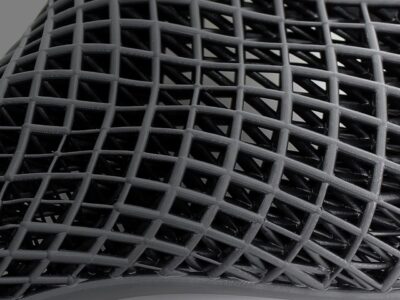Originally published on fastradius.com on June 29, 2022
If you need to connect two pieces of a product or part, you don’t need to rely on an adhesive or add metal hinges or other fasteners during post-production. Instead, you can use snap-fit joints. Simply put, snap-fit joints connect two pieces using small protrusions (or joints) such as beads, studs, or hooks that fit into matching depressions on the mating part.
Snap-fit joints can be made with injection molding; however, injection mold tooling for snap-fit joints can be expensive and complex because of the need for undercuts. Additive manufacturing, or 3D printing, has opened up greater design flexibility for unique or custom snap-fit features, creating new opportunities for manufacturing parts with snap-fit joints in their designs.
Whether you use additive manufacturing or injection molding to create your snap-fit joints, you’ll need to pay careful attention during design to ensure the resulting joint is both functional and reliable. You’ll also want to choose a suitable material and snap-fit joint type.
What is a snap-fit joint and what makes it so useful?
Incorporating snap-fit joints into your designs makes assembling parts much simpler than relying on a more traditional style of joint that would normally be attached post-production because when using snap-fits, the joint is added during production. Snap-fit joints are especially useful in injection molding and additive manufacturing because of the flexibility they provide during the assembly and disassembly processes. There’s also the benefit of pliability, as snap-fit joints are typically made of plastics that allow for more flexibility, even under stress, than other materials.
There are three main types of snap-fit joints:
Cantilever – This is one of the most common types of snap-fit joints. Cantilever snap-fit joints are composed of very simple geometric shapes, making them easy to design and also making it simple to calculate the amount of strain they will be able to handle once manufactured.
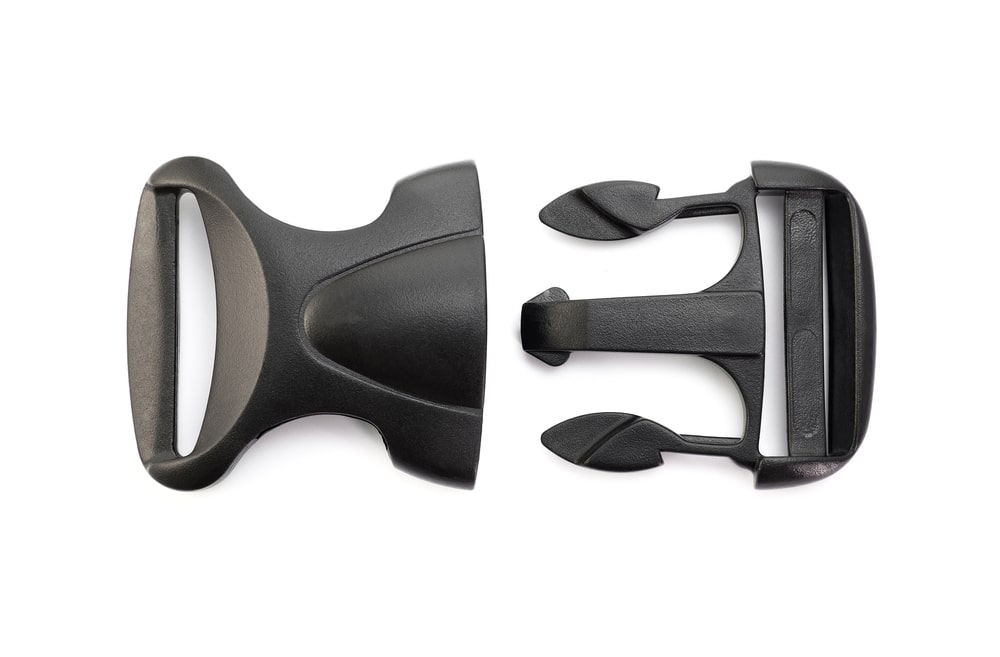
Annular – Annular snap-fit joints are common for designs that involve elliptic or circular parts, such as pen caps or lids for containers. The main property of annular snap-fit joints is the compression and stretching of their circumference.
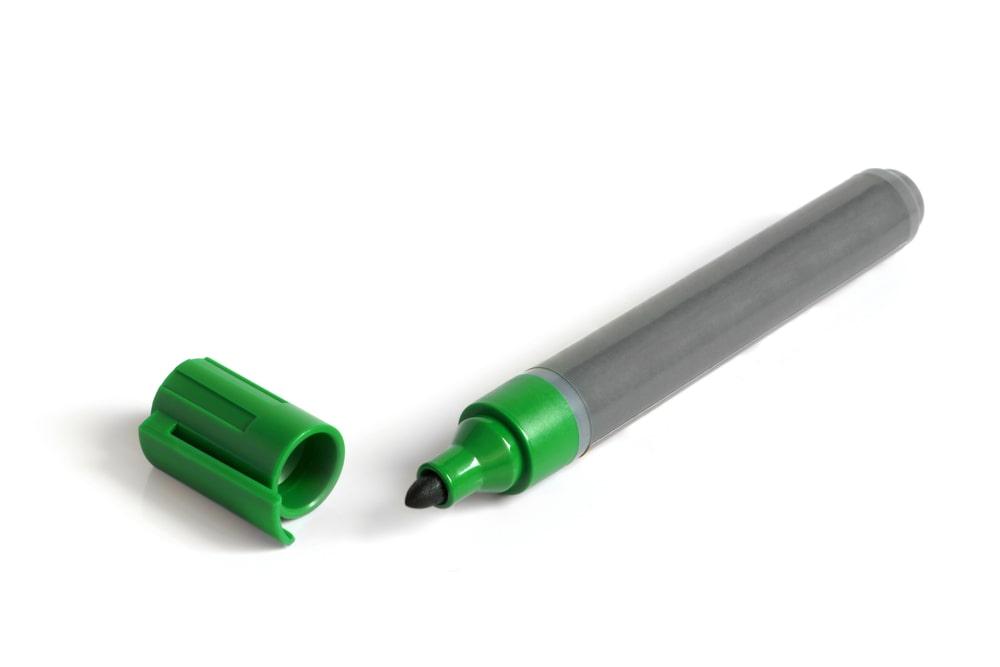
Torsion – Torsion joints work by snapping into place and are both economical and versatile. Because torsion snap-fit joints deflect by twisting a beam, these joints are ideal for creating easily separable connections.
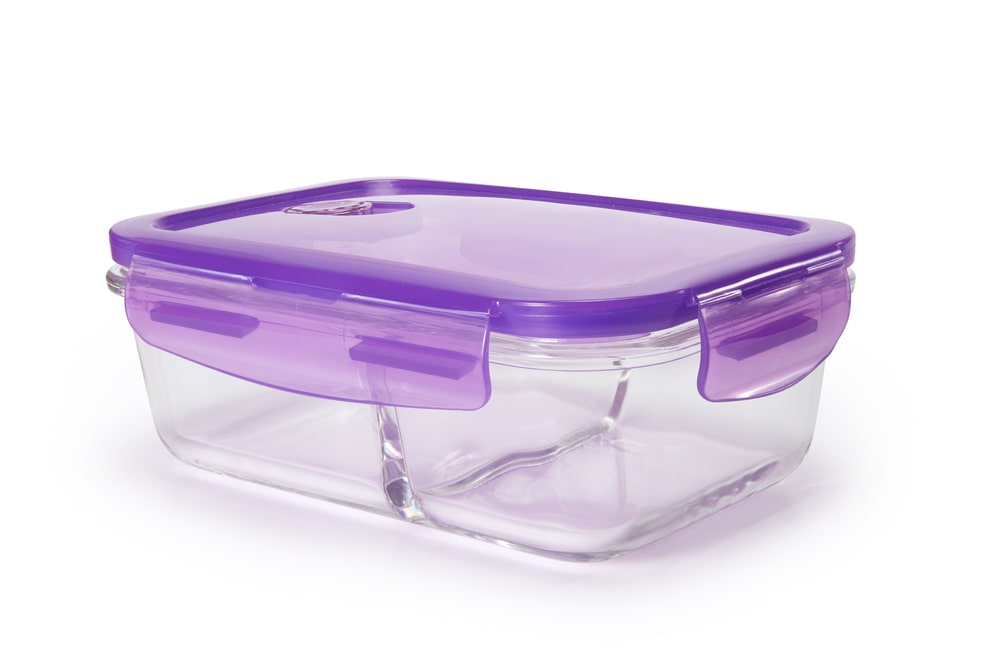
Best practices for designing a snap-fit joint
One of the most important elements of designing snap-fit joints is relieving stress and strain on the joints to promote durability and increase the functionality of a design. To do that, two important design aspects to consider are the taper and width.
Taper – To more evenly distribute stress on the joints and materials of a snap-fit, it’s helpful to taper the cross-section of a cantilever beam over its length. Additionally, tapering a cantilever reduces the amount of material used in the manufacturing process.
Width – While it’s always recommended that clips of a snap-fit joint be at least 5 mm, increasing the width of the clip is sometimes beneficial for adding strength to a snap-fit design. Just make sure to test the stiffness of the clip thoroughly, as increasing width is sometimes a trial-and-error process.
Commonly used materials for snap-fit joints
While there are several processes to choose from when making parts with additive manufacturing, each requires different considerations when selecting the best material to produce a snap-fit joint. Here are the most commonly used materials for creating snap-fit joints using 3D printing technologies.
- FDM – While FDM is a cost-effective additive manufacturing solution, it requires using stronger materials that are stress resistant when making snap-fit joints, such as ABS, nylon, and TPU. If you opt for a less stress-resistant material, the snap-fit joint will likely break rather than bend.
- SLA – Not all resins are alike, so when using SLA to make snap-fit joints, choosing the right material, such as Tough 1500, can dramatically improve durability.
- MJF – MJF incorporates high-strength tensile nylon or glass-filled nylon to produce complex, intricate designs, with PA 12 being the go-to material for snap-fit joints.
- DLS – Carbon Digital Light Synthesis™ is an industrial 3D printing technology that helps users produce isotropic parts. Parts made with DLS can be rigid or flexible depending on the user’s preferences, with RPU 70 being the recommended resin for snap-fit joints.
Snap-fit joints are an excellent choice for designing durable products that are also cost-effective. However, designing snap-fit joints requires an understanding of not just the processes by which to relieve stress on the joints but also the correct material for the 3D printing process. SyBridge can support your 3D printing needs from prototype to final product, including incorporating snap-fit joints into your parts. Contact us today to get started.

